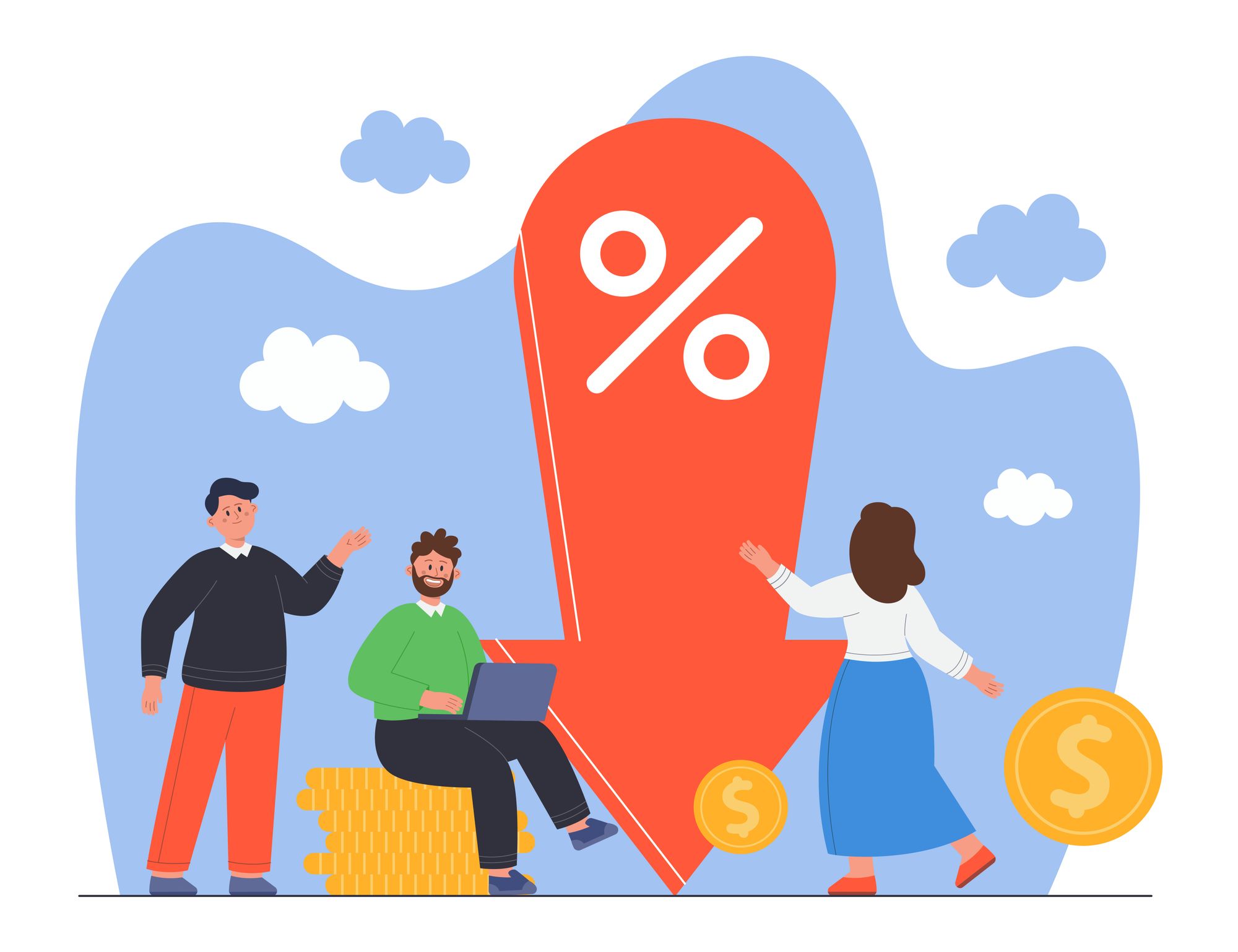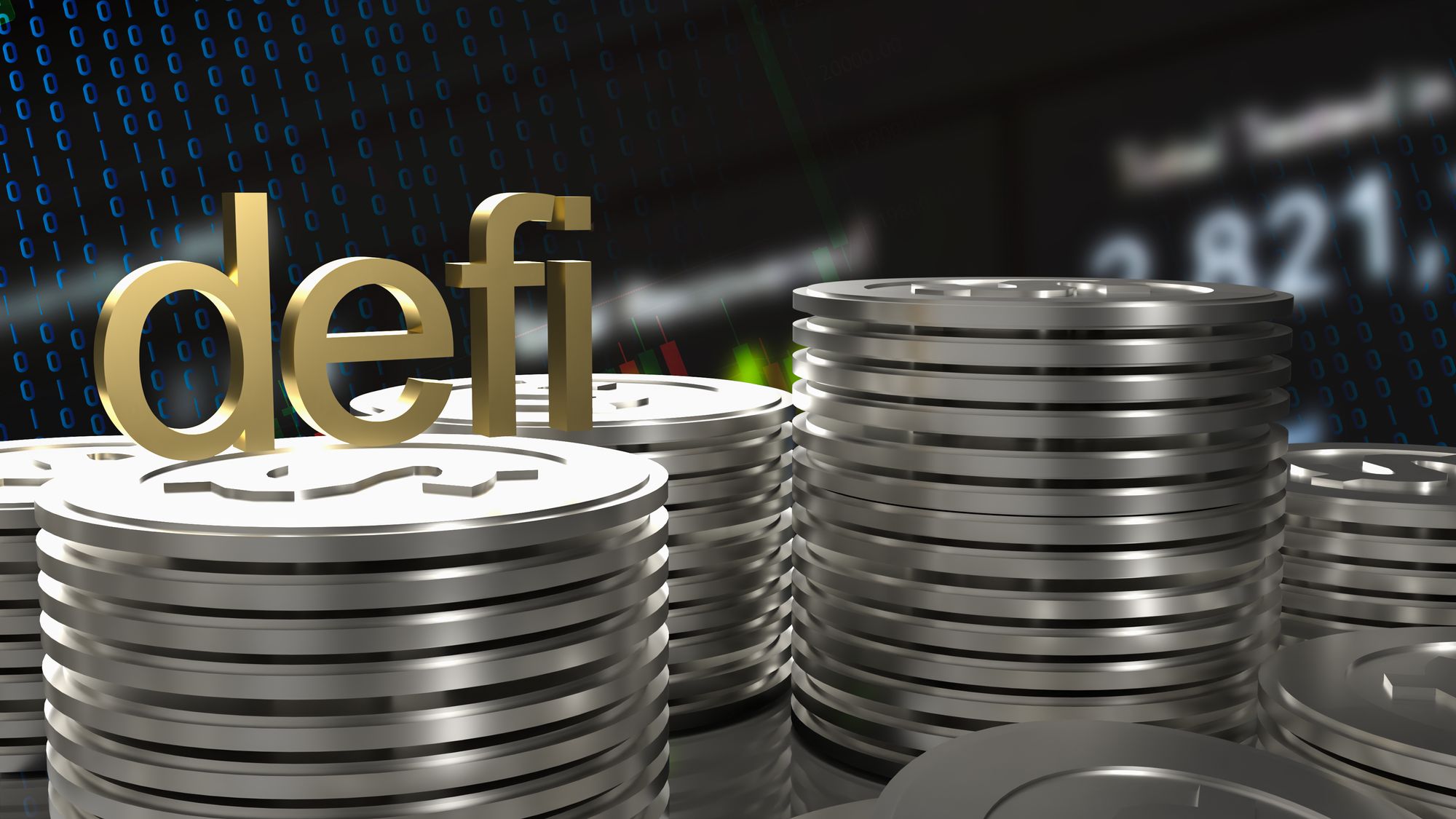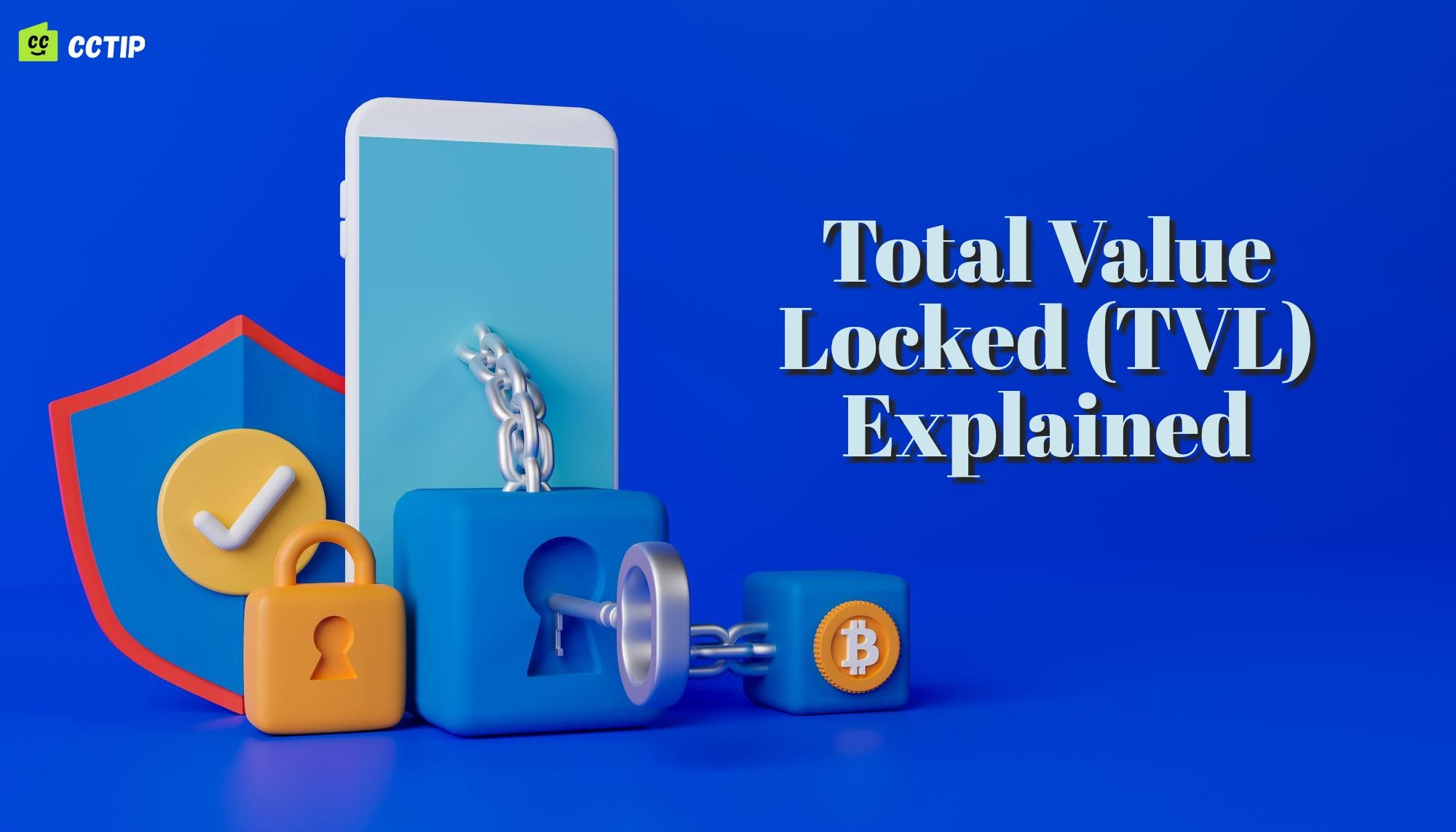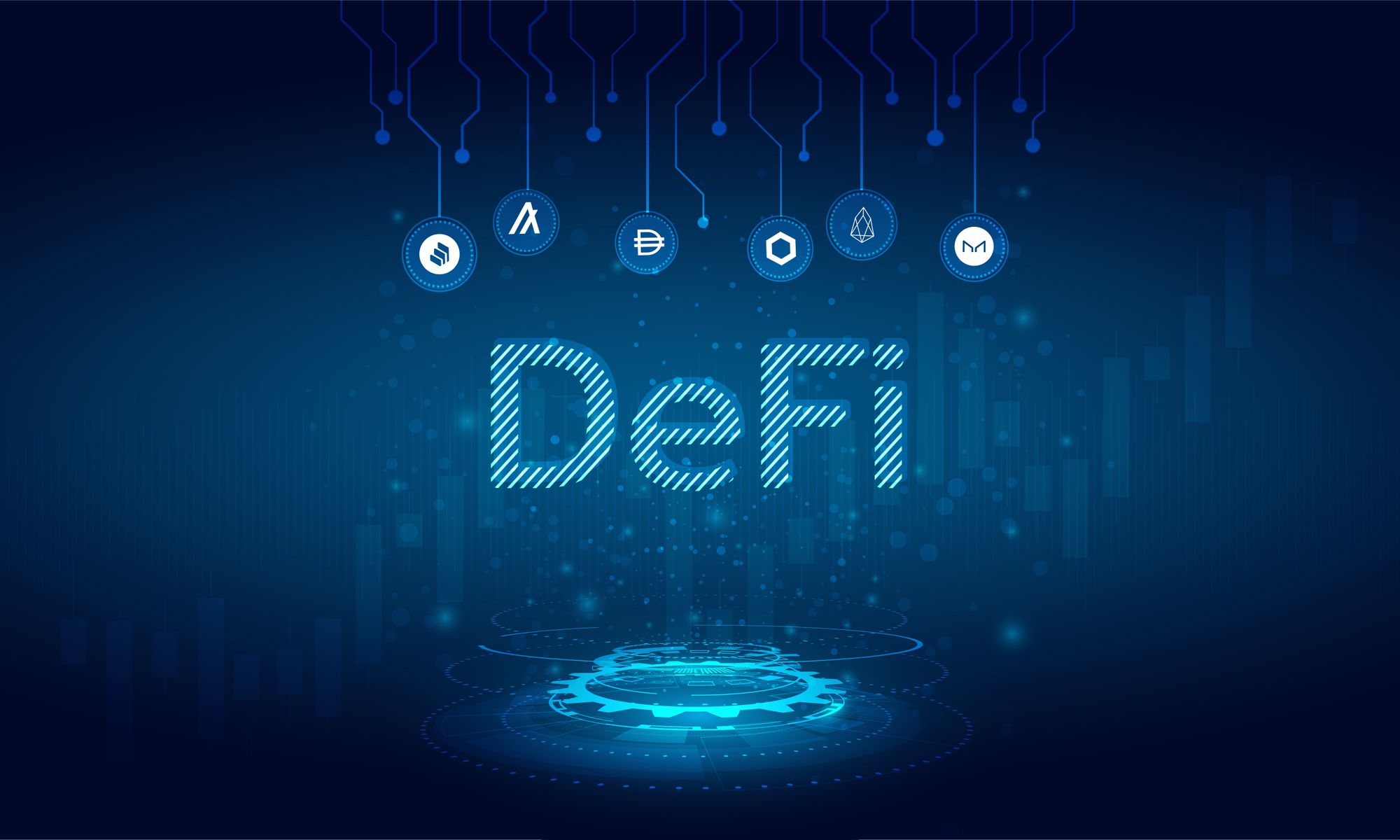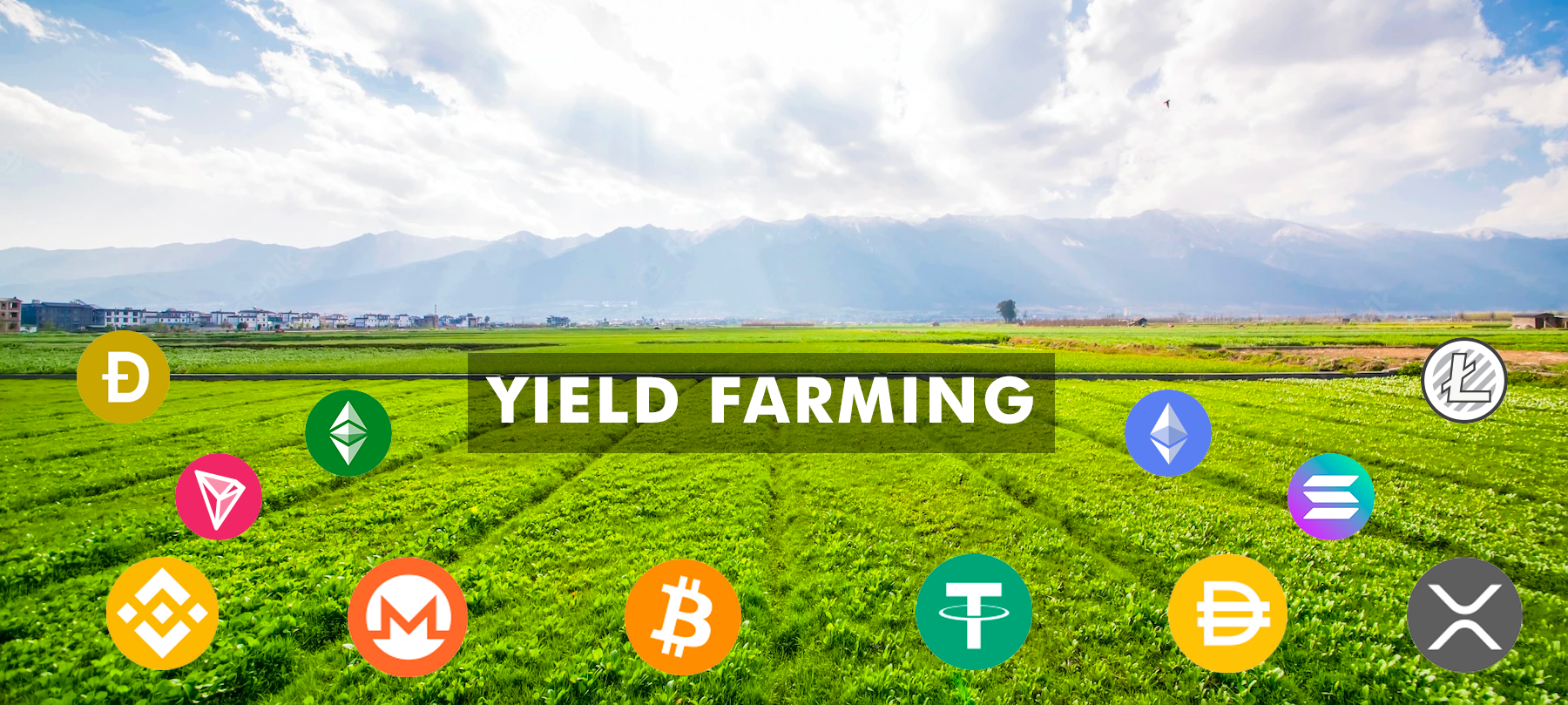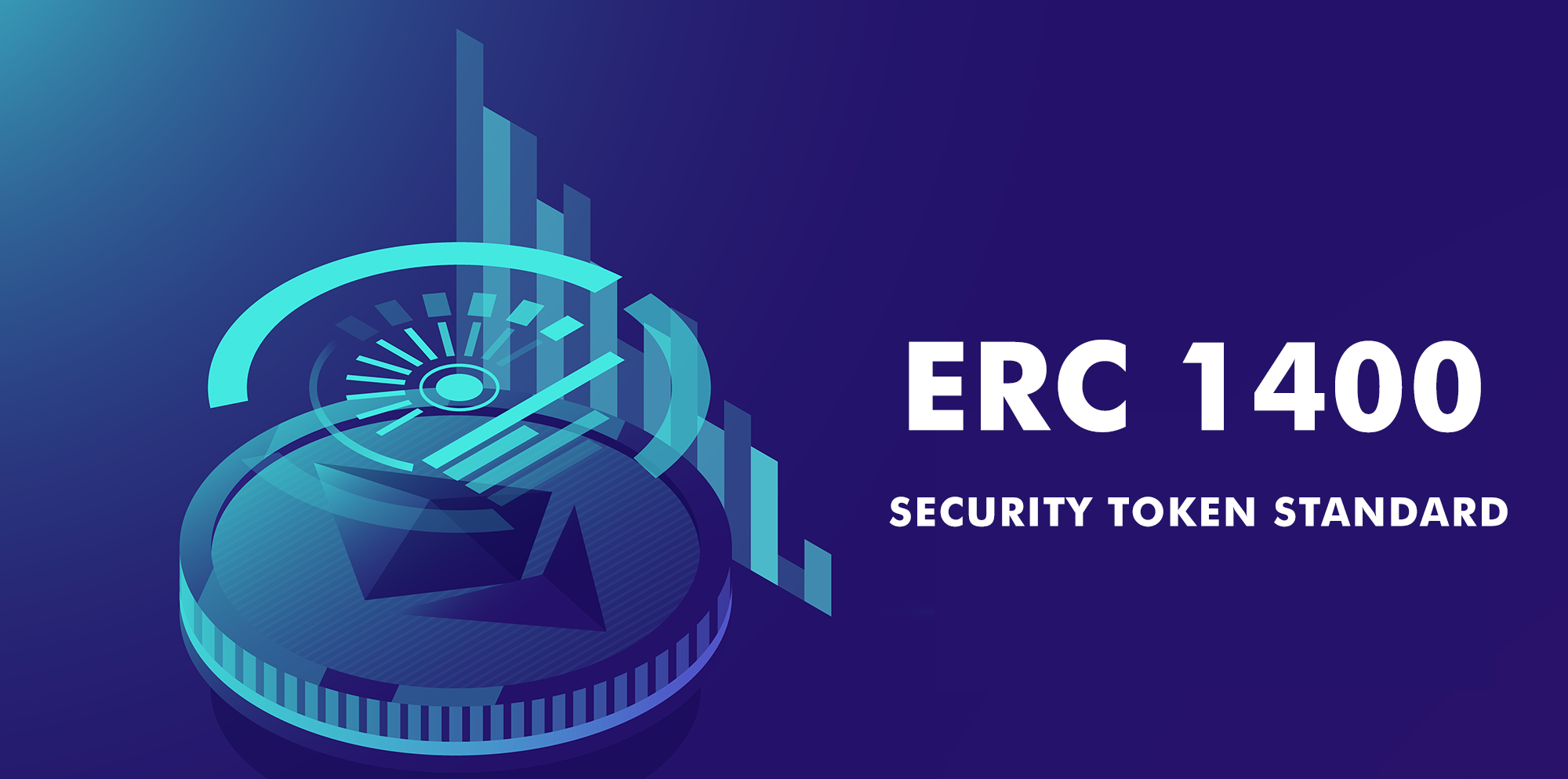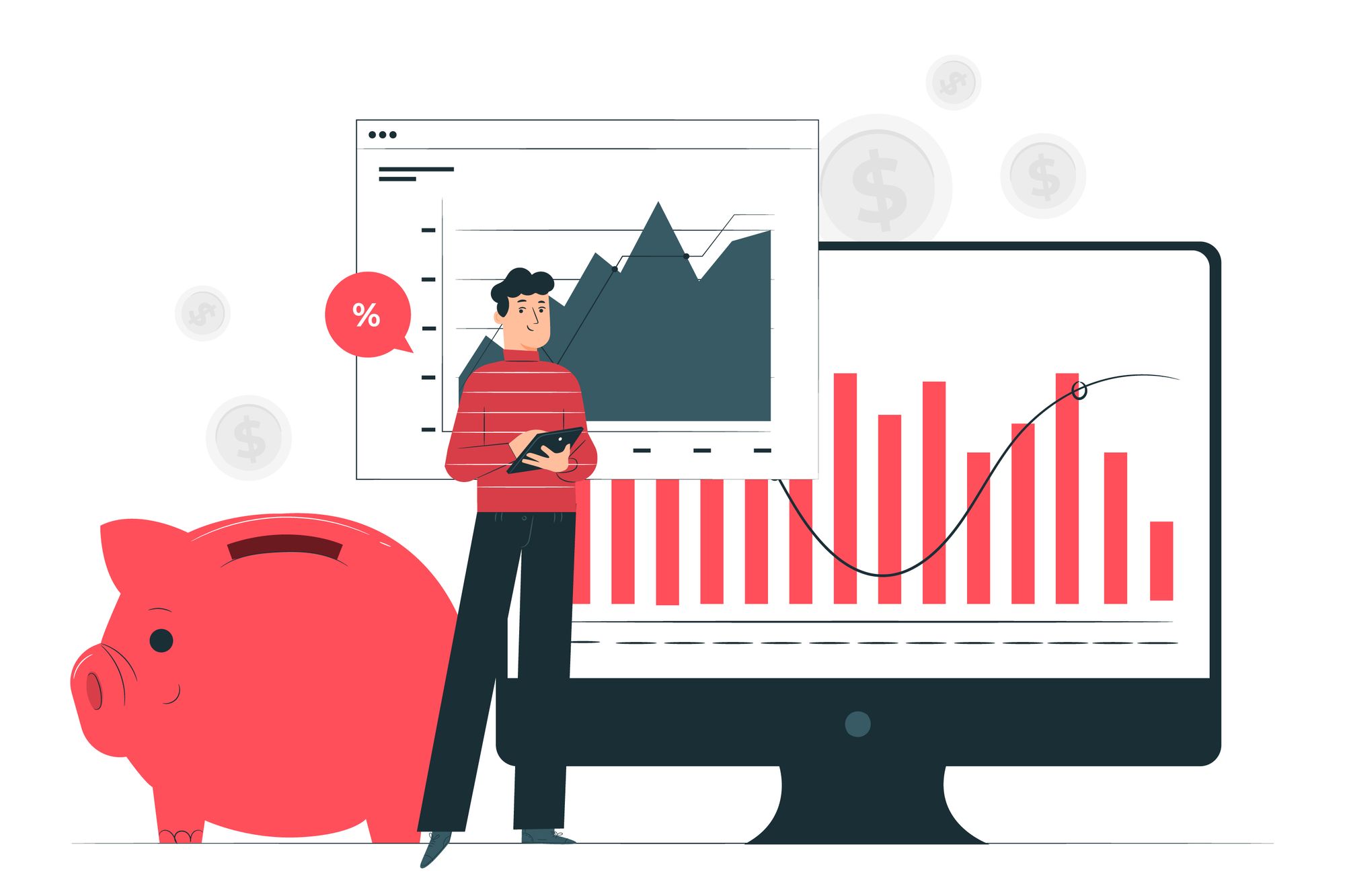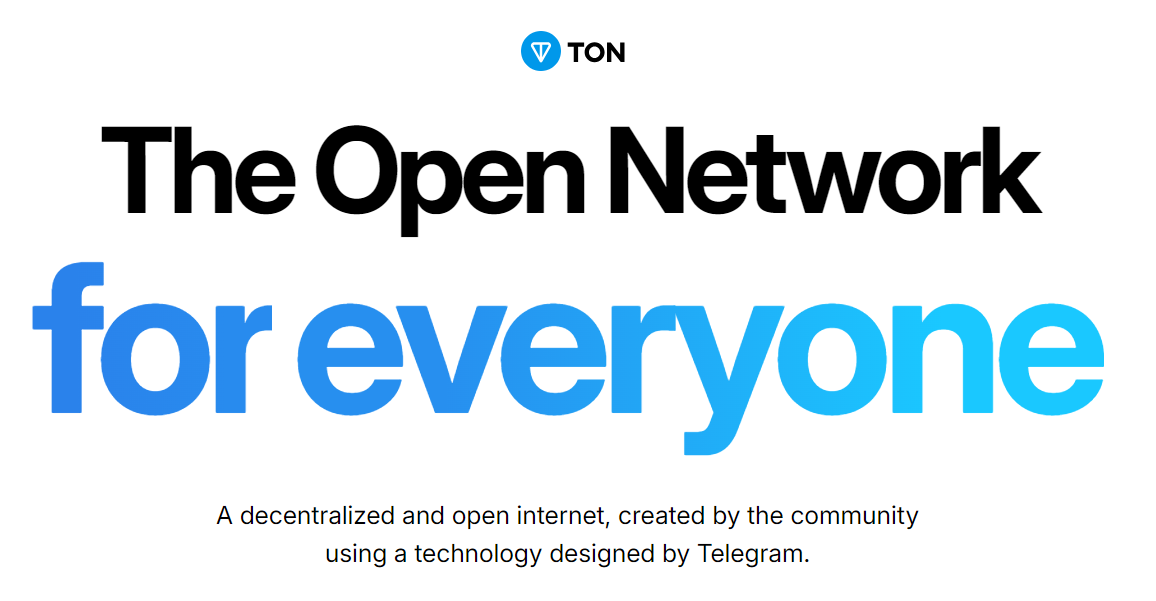Aug 09, 2022
APR vs. APY in DeFi: Difference Explained
When investing in DeFi protocols, it is critical to understand both APR and APY. The greater the gap between APR and APY, the more frequently interest compounds....
Jul 30, 2022
DeFi 2.0: The Second Generation of DeFi.
DeFi 2.0 is a ground-breaking innovation created to improve & address the issues with the original DeFi protocol. It is a generation of initiatives designed to overcome the shortcomings of DeFi 1.0, including scalability, security, liquidity, user interface, & information accessibility....
Jul 12, 2022
What Are Gas Fees?
When you make a cryptocurrency transaction –deposit, receive, swap– on a blockchain network, a processing fee is charged to validate the transaction. Gas fees are fees paid to miners on a blockchain protocol for their transactions to be included in the block....
Jul 06, 2022
What is SocialFi?
SocialFi integrates and combines decentralized finance (DeFi) and social networking on blockchain technology. SocialFi platforms provide a decentralized method for developing, operating, and owning social media platforms and the content provided by its users....
Jul 01, 2022
DeFi hack losses over $2.1bn in 2022: Any hope for DeFi security?
Of course, audits help to reduce the chances of vulnerability. However, they aren’t a foolproof method of avoiding malicious attacks. So, away from audits, -DeFi protocols should invest more in cybersecurity -DeFi Protocols should organize lucrative bug bounties...
Jun 30, 2022
Total Value Locked (TVL) in Cryptocurrency Explained
Total value locked (TVL) is the total value of all assets deposited in DeFi protocols that have earned rewards, interest, new coins and tokens, fixed income, etc. This means TVL is the number of users' funds deposited in a DeFi protocol....
Jun 29, 2022
HOW TO IDENTIFY AND AVOID CRYPTO RUGPULLS
A rug pull is a common cryptocurrency scam that involves creating a new token, and marketing it to develop public interest, thereby pumping the price....
Jun 13, 2022
CeFi vs. DeFi -What is the difference?
CeFi (centralized finance) & DeFi (Decentralized Finance) both have the same goal, i.e., decentralization by giving individuals access to the financial system. However, they achieve these goals in different ways....
Jun 02, 2022
Understanding Liquidity Pools in DeFi
Liquidity refers to the ability to purchase and sell assets in the market without generating significant price changes. A liquidity pool is a supply of funds locked in a smart contract and used to facilitate decentralized trading, lending, and other activities....
May 29, 2022
What is Yield Farming?
Yield farming is the technique of maximizing returns through decentralized finance (DeFi). On a DeFi network, users lend or borrow cryptocurrency and receive cryptocurrency in exchange for their services....
May 26, 2022
WHAT IS THE ETHEREUM SECURITY TOKEN STANDARD?
Initially, security tokens were not tokenized on the blockchain as ERC-1400; instead, they were tokenized as ERC-20. ERC-20 token standard could not sufficiently fulfill the typical regulations of securities; since they had to be fully unregulated and decentralized to maintain their standard....
May 16, 2022
APY in DeFi: Explained
With DeFi growing daily, you can invest and earn without going through complicated procedures. However, you must keep track of how your investments are performing and the percentage increase you are earning on each DeFi protocol asset....
Featured Posts
